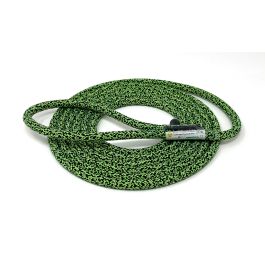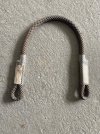Jokerswild
Active Member
- Joined
- Dec 11, 2019
- Messages
- 163
For much of what we do...does dynamic rope really matter?
one sticking..you have 3 or 4 feet beetween you and the the girth hitch.. Will there be any benefit to the stretch property of the rope at all?
Im trying to think.. If we fall any distance, we are going splat. Right? Any fall we have into the rope system is going to be a very close distance to the girth. Ladder stand and step guys might have a 20 foot length of rope for stretch, starting at the bottom. But the first few feet who cares about a fall anyway... so the longest dynamic section would be 12, 15 feet? Is that going to stretch at all?
one sticking..you have 3 or 4 feet beetween you and the the girth hitch.. Will there be any benefit to the stretch property of the rope at all?
Im trying to think.. If we fall any distance, we are going splat. Right? Any fall we have into the rope system is going to be a very close distance to the girth. Ladder stand and step guys might have a 20 foot length of rope for stretch, starting at the bottom. But the first few feet who cares about a fall anyway... so the longest dynamic section would be 12, 15 feet? Is that going to stretch at all?






